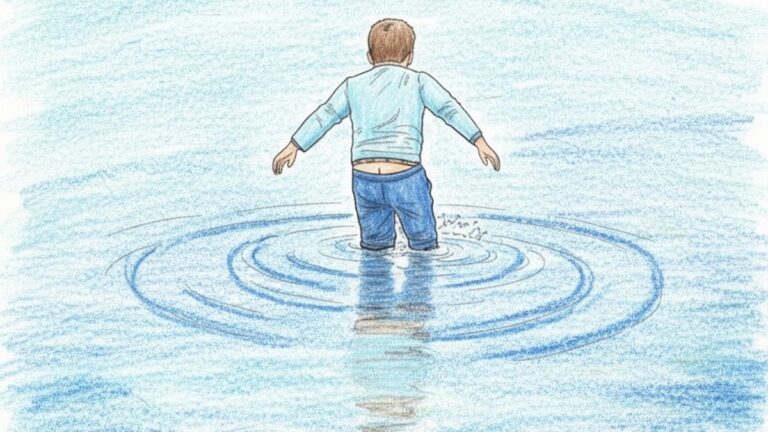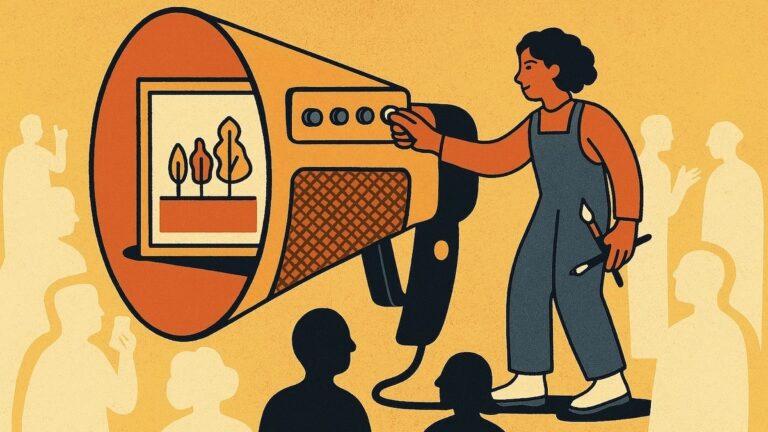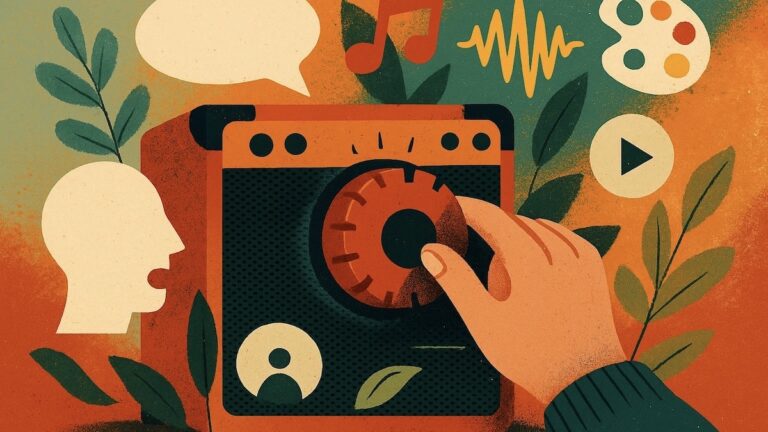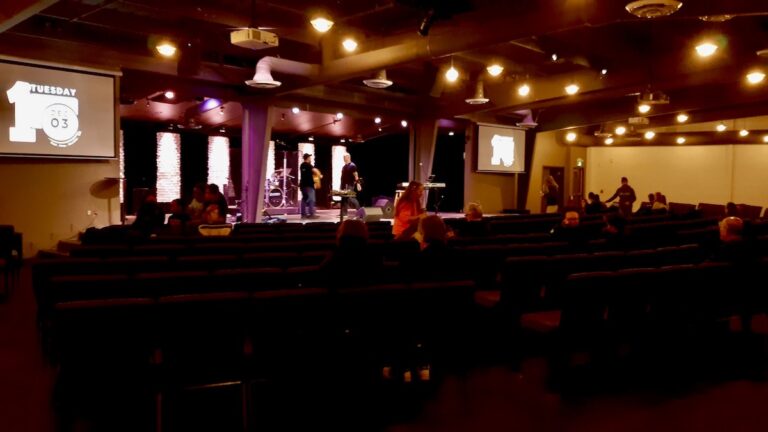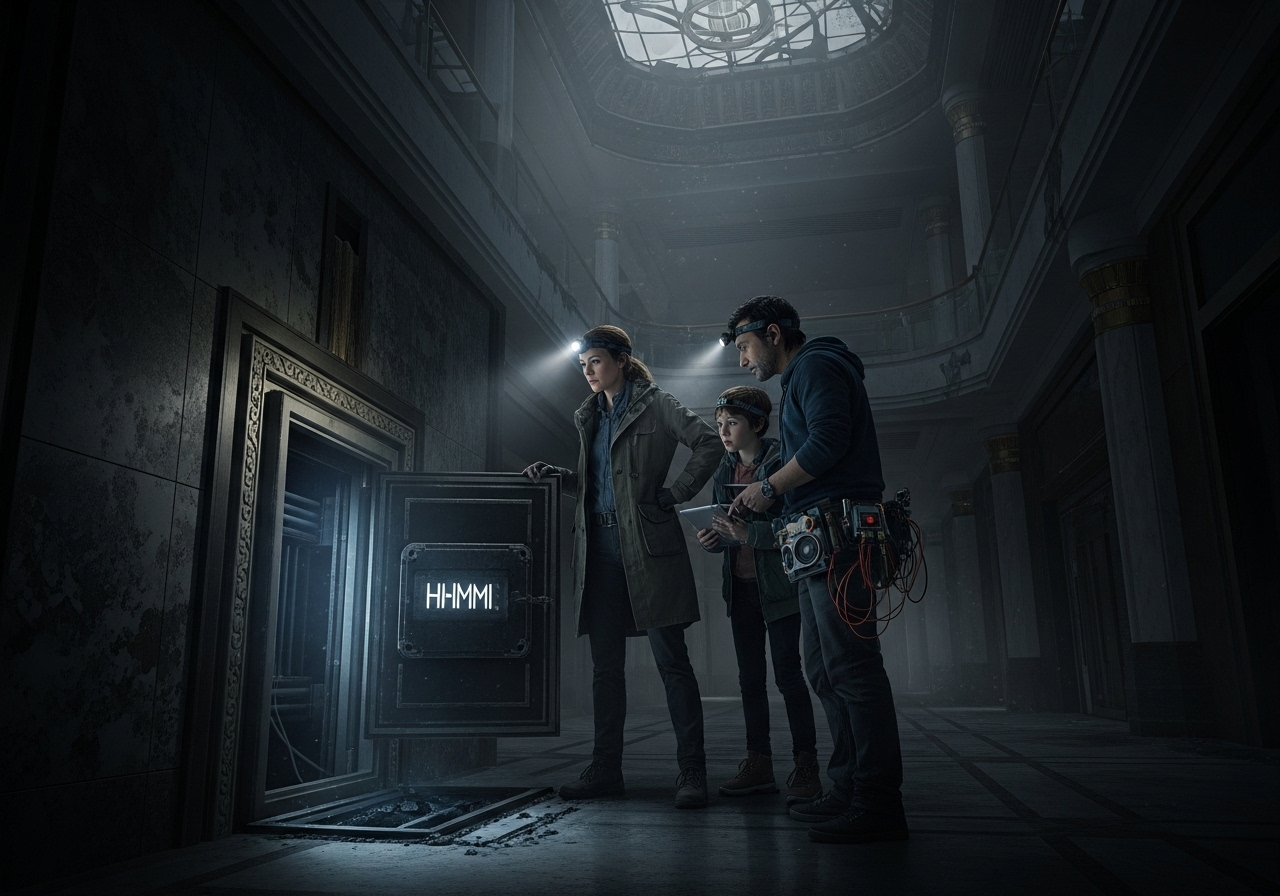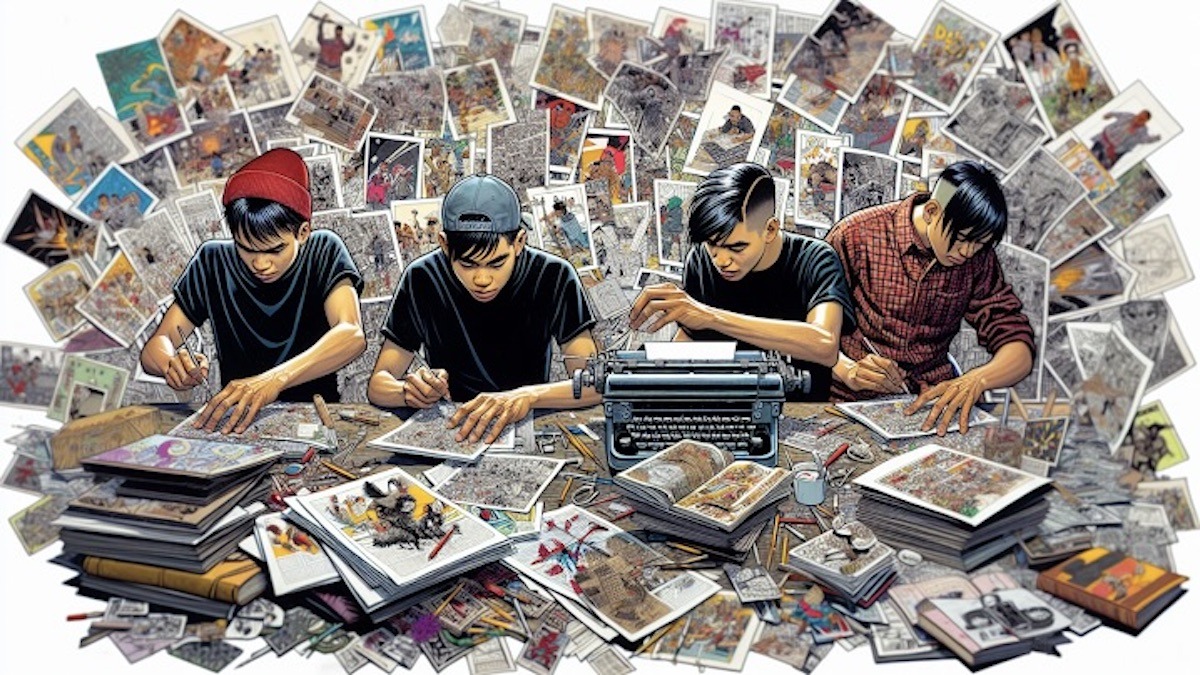
Mastering the Linear Line
In a world increasingly captivated by intricate narrative webs—stories that twist, turn, and leap through time—it’s easy to overlook the quiet power of the straight line. We often hear about the need to innovate, to break free from convention, to challenge our audience. And while those approaches certainly have their place, which we’ll explore in future pieces, there’s a profound, almost primal, magic in a story that simply flows from beginning to end. It might seem too simple, too obvious, but the chronological narrative remains a foundational pillar of captivating storytelling, a reliable compass that guides both writer and reader through the wilderness of imagination.
Think of it like building a sturdy bridge. You wouldn’t start by constructing a section in the middle, then jump to an arbitrary end, and finally try to connect it all with the beginning. No, you’d lay a strong foundation, then meticulously build, piece by piece, from one side to the other. Each step supports the next, creating a clear, understandable path. This isn’t about lacking creativity; it’s about mastering the fundamentals, understanding that sometimes, the most direct route is the most impactful.
Why Simple Progression Captivates
The human mind is wired for sequence. We experience life chronologically, moment by moment. When a story mirrors this natural progression, it creates an intuitive connection, a sense of familiarity that allows the audience to settle in and truly absorb the narrative. There’s a comfort in knowing where you are in the journey, even if the destination is unknown. This clarity is an immense asset, especially when you’re introducing complex characters, intricate worlds, or profound themes. A linear plot provides a bedrock of understanding, freeing up mental space for your audience to delve deeper into the emotional landscape and thematic nuances, rather than wrestling with the timeline.
Consider a traveler embarking on a long journey. Each mile marker, each new town, each sunrise and sunset, builds upon the last. They see the landscape change, encounter new people, and face challenges in a logical order. This isn’t just a series of events; it’s an unfolding experience that resonates because it mimics our own way of processing life. When your story moves forward, it pulls the reader along with an almost irresistible momentum, making them feel like an active participant in the unfolding adventure.
Building Suspense, Step by Step
Perhaps the greatest strength of the linear narrative lies in its unparalleled ability to build suspense. When you know where the story started and you’re moving inexorably towards an unknown future, every moment gains significance. Each small event becomes a brick in the wall of anticipation, each decision a pivot point leading to a revelation. You can meticulously lay out clues, introduce escalating stakes, and slowly tighten the screws, knowing that your audience is right there with you, holding their breath for what comes next.
Imagine a detective story where the crime is committed, the clues are discovered one by one, suspects are interviewed, and the truth slowly emerges. This step-by-step unraveling is inherently thrilling. If you were jumping around in time, the impact of each new piece of evidence might be diluted. But in a linear progression, each piece builds on the last, creating a cumulative effect that leads to a powerful, satisfying climax. It’s about controlled release, a carefully choreographed dance between what the audience knows and what they desperately want to discover.
The Enduring Power of Clarity
In my own work, whether it’s a film project or a written piece, I’ve often returned to the elegant simplicity of a linear path, especially when I want to ensure a broad audience can connect without feeling lost. There’s a misconception that
Thanks to generous funding from the Ontario Arts Council Inter and Multi Arts program, we are able to offer this year’s oral history and storytelling programming. This support is crucial in helping us create and share unique projects that weave together multiple art forms.

